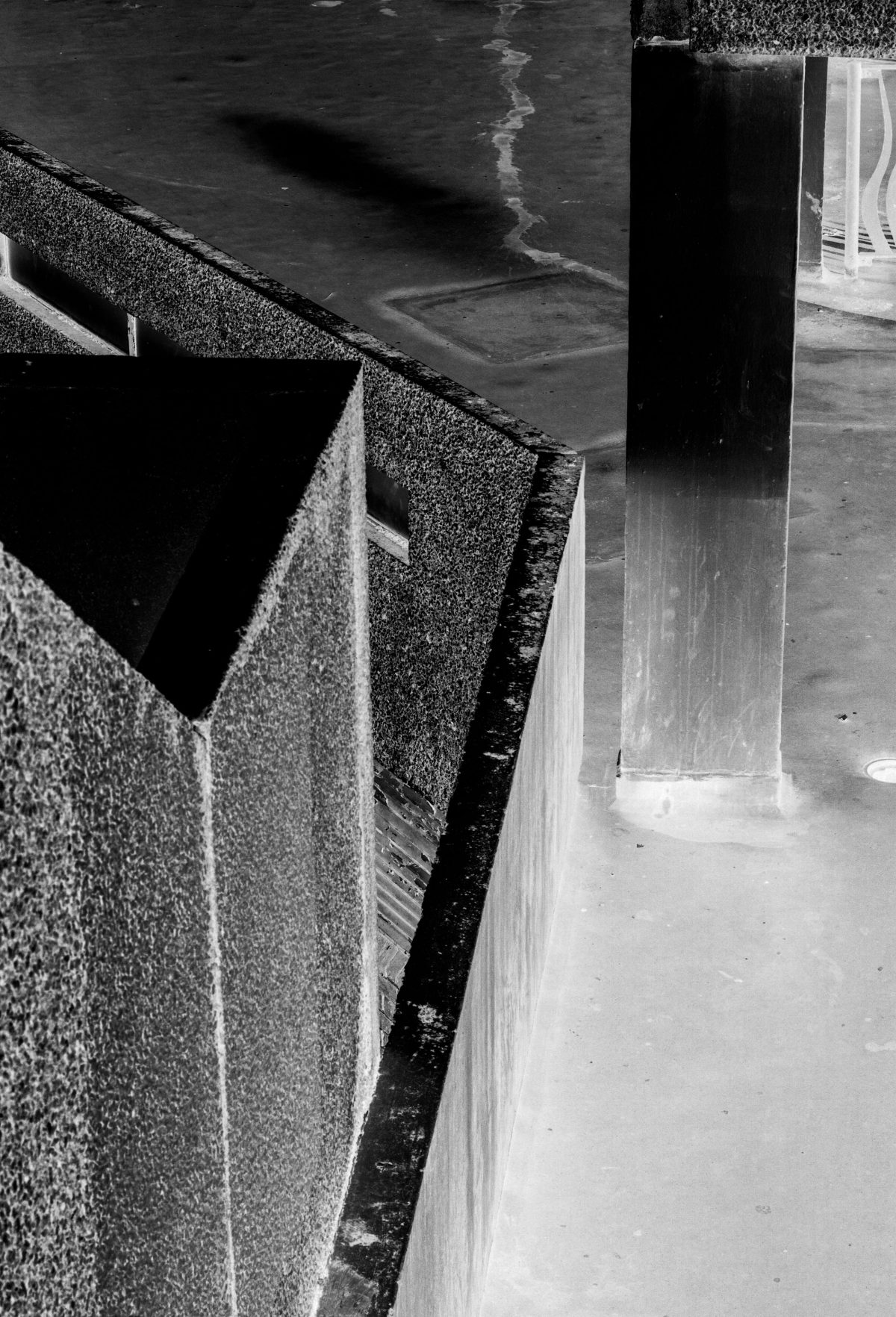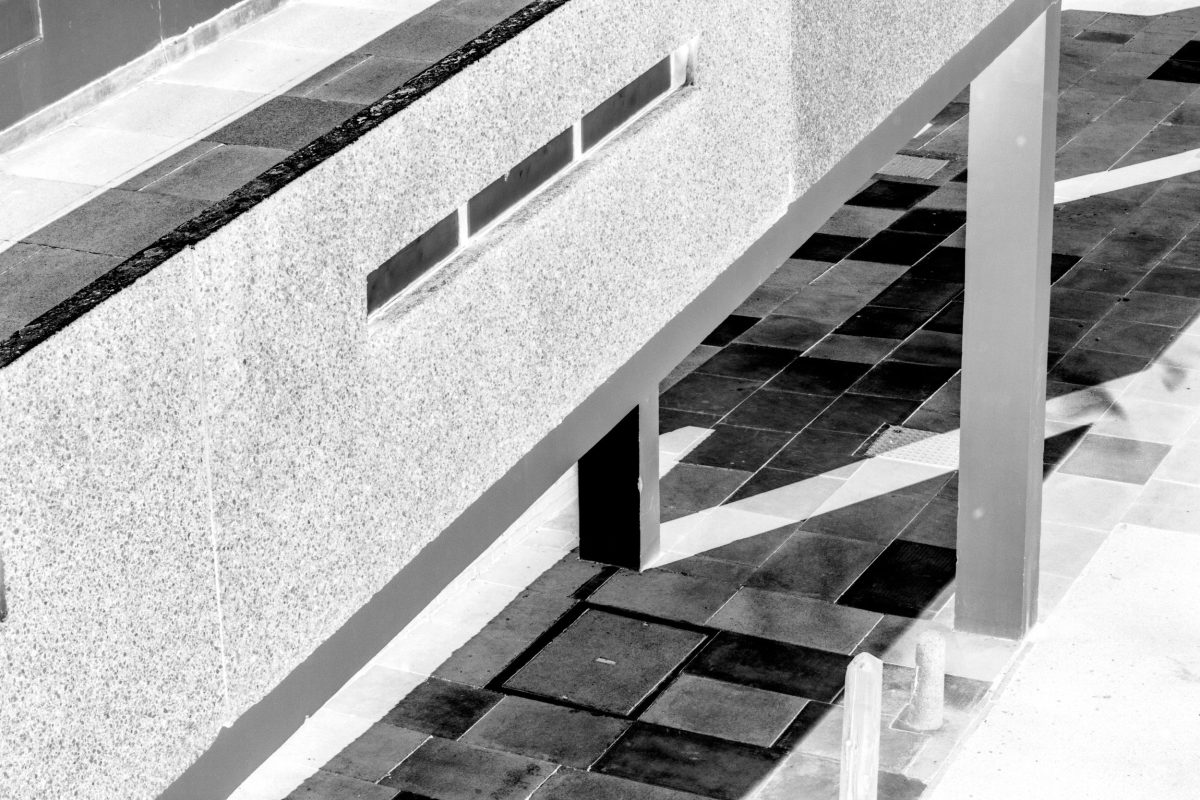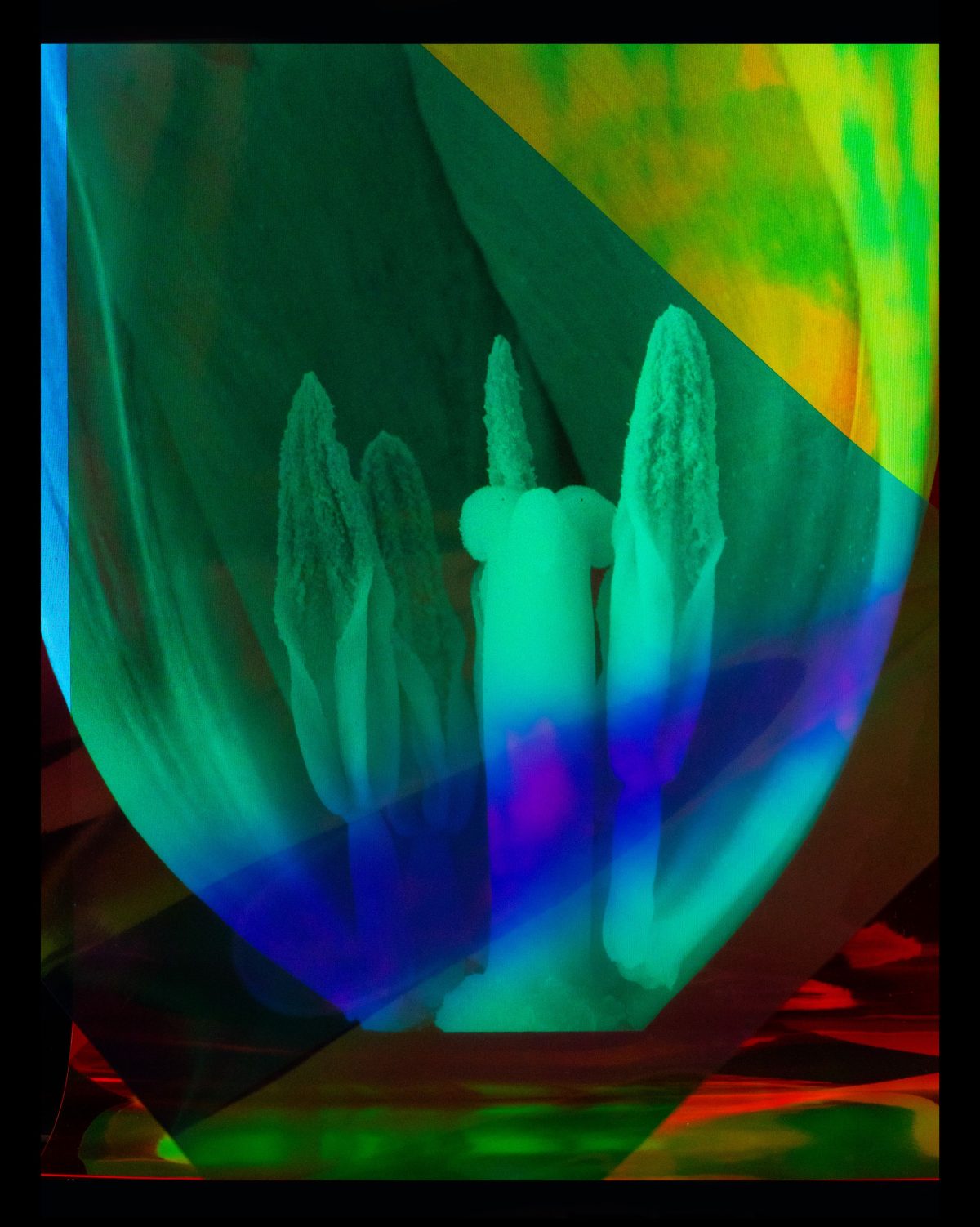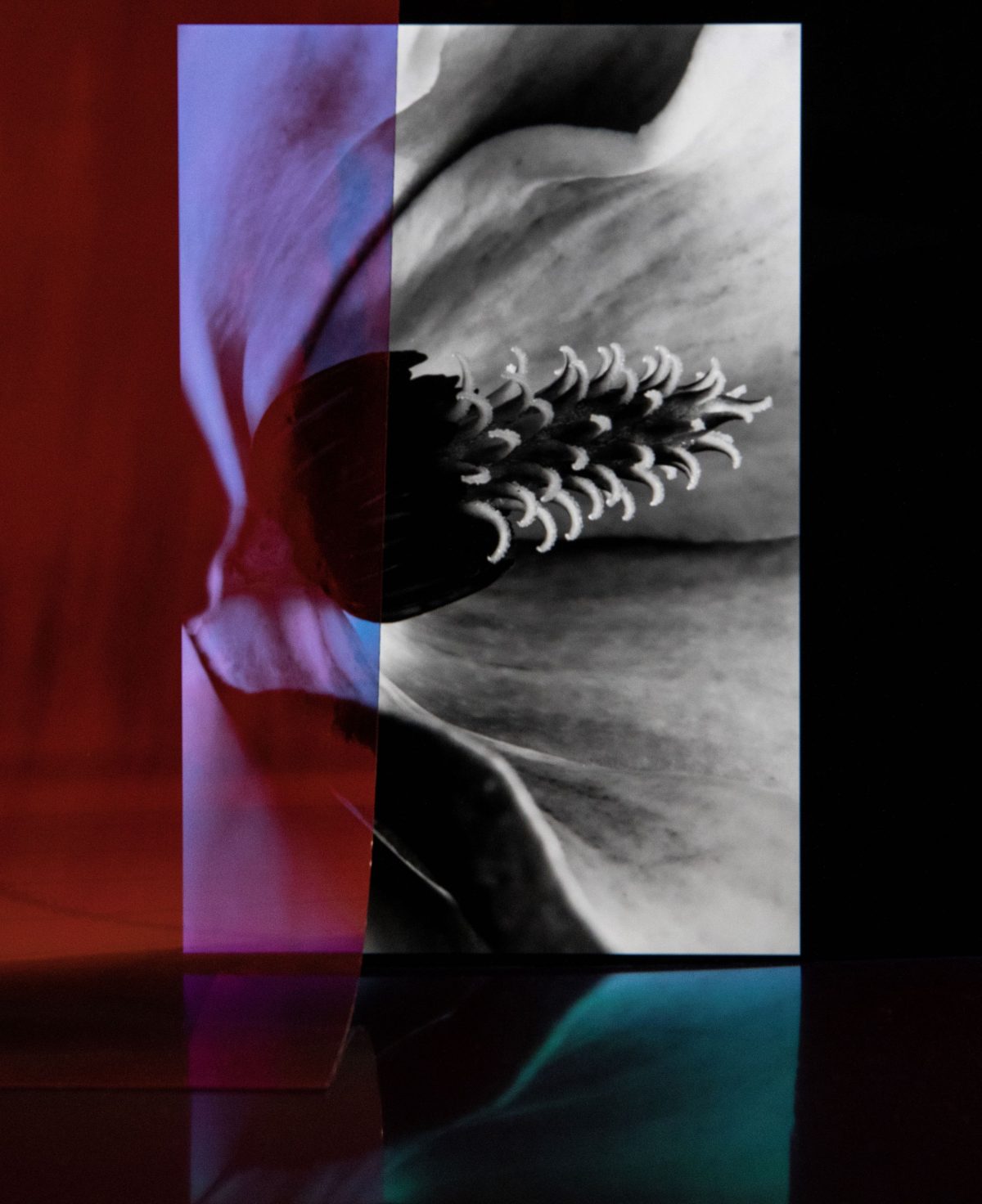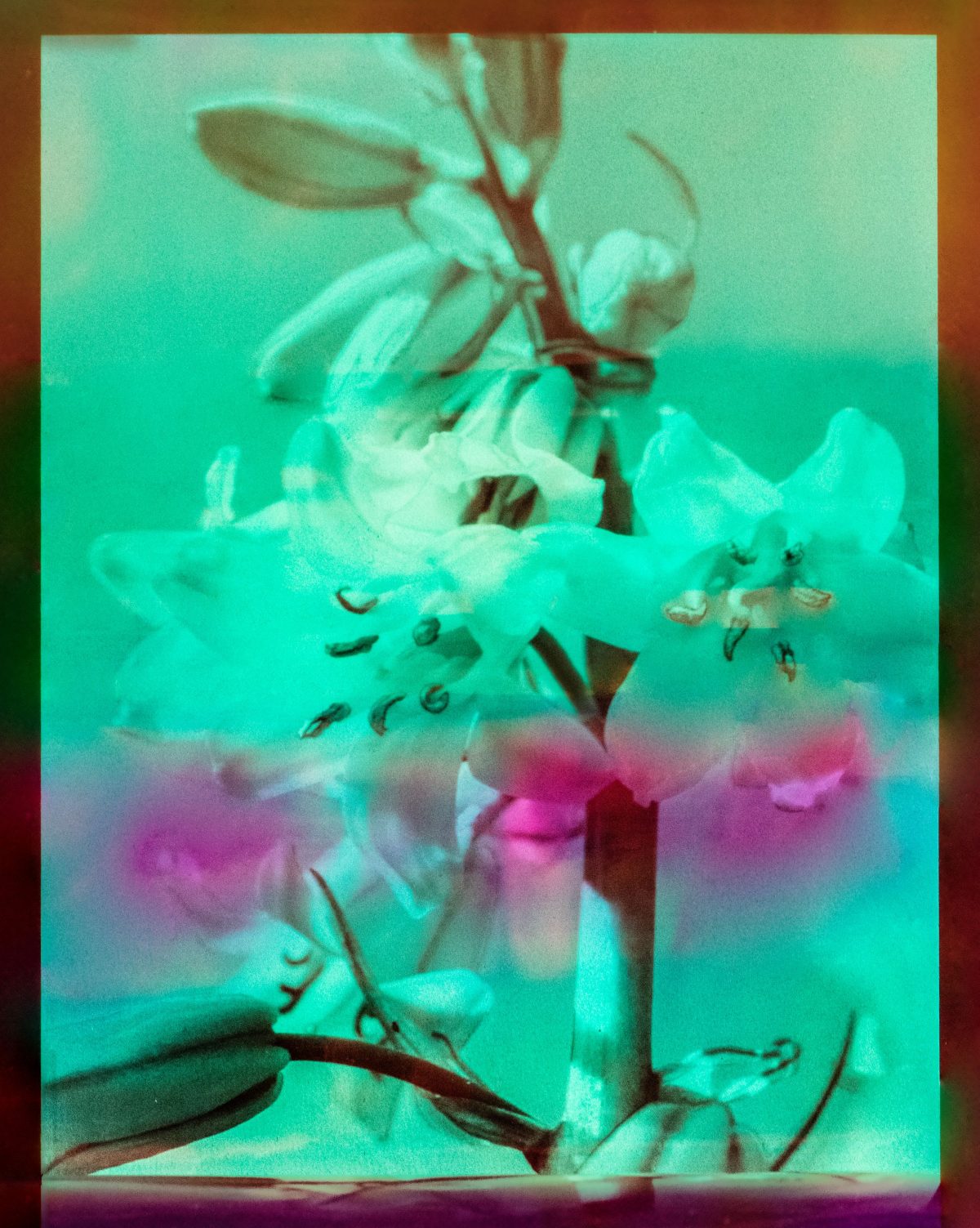From issue: #22 Group Dynamics
Inspired by growing up with a family of farmers and her experiences of making art with others, Almudena Romero seeks out a deeper sense of community in her practice and the places she chooses to live
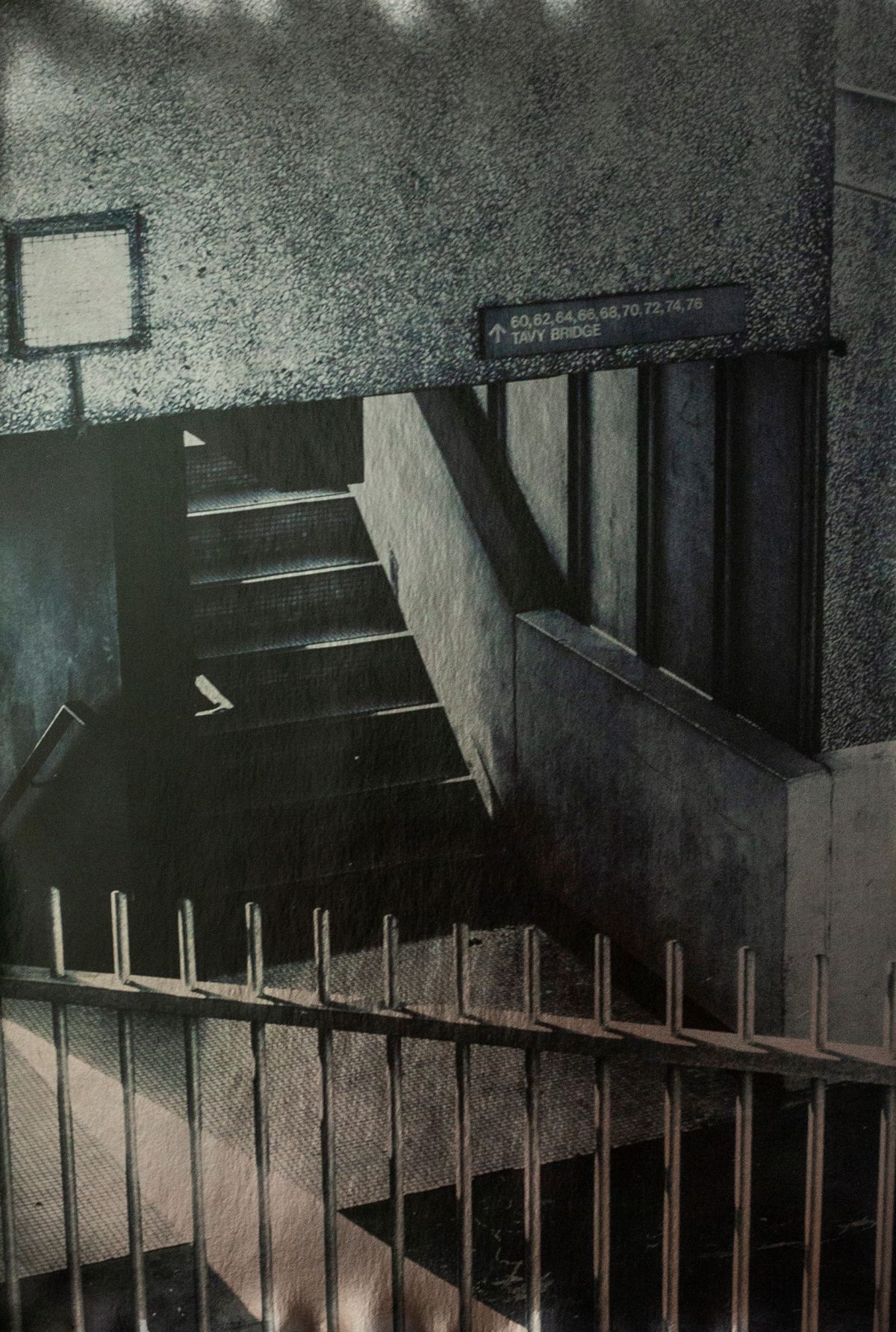
Thamesmead is an area in south-east London, nearly 20km from the centre of town on the south bank of the Thames. Once marshland, it was reconfigured in the 1960s when the Greater London Council unveiled radical social housing plans for a residential area about 4km square. The first home opened in 1968 and, with an innovative Brutalist design using modular concrete panels plus lakes and canals to channel the groundwater, the estate attracted architects and awards. In 1971 it featured in Stanley Kubrick’s A Clockwork Orange, providing a futuristic backdrop to the dystopian tale of teen terrors. But Thamesmead was also plagued with difficulties, including a lack of public transport and leaks between the concrete blocks, and it soon descended much deeper into dystopia. By 1997, when Chris Cunningham shot Aphex Twin’s Come to Daddy music video there, Thamesmead was a shorthand for deprivation and crime.
Cut to 2014 and Thamesmead was taken over by Peabody, one of the UK’s largest and oldest housing associations. Drafting plans to double the number of homes over the next 30 years, Peabody made a start on knocking down some of the existing buildings and built some new ones, as well as constructing a community library called The Nest and a square. This redevelopment has now slowed but it’s ongoing and, in the meantime, Peabody has linked up with the London charity Bow Arts. Peabody gave the disused Lakeside Centre to Bow Arts to be converted into artists’ studios, the Lakeside Darkroom, and an exhibition space, for example, and it also handed over empty flats for affordable housing for artists, designers, and makers.
These creatives are effectively acting as property guardians, ensuring Thamesmead remains inhabited and inhabitable while it’s redeveloped, and many of the apartments initially need work. But the flats are bright and spacious, and the below-average rents are guaranteed for the next five years; so far 80 homes have been taken. Artist Almudena Romero was an early adopter, moving to Thamesmead in 2018 having previously lived in Bow Arts housing in east London. ‘At the beginning, I thought moving to Thamesmead would have a negative impact on my work, because there was a lot to do on the flat,’ she says. ‘And initially I found it very isolating [being further from London’s city centre]. But then I realised this is an opportunity to focus, and I found it’s actually been really positive. I ended up doing an entire project on Thamesmead.’
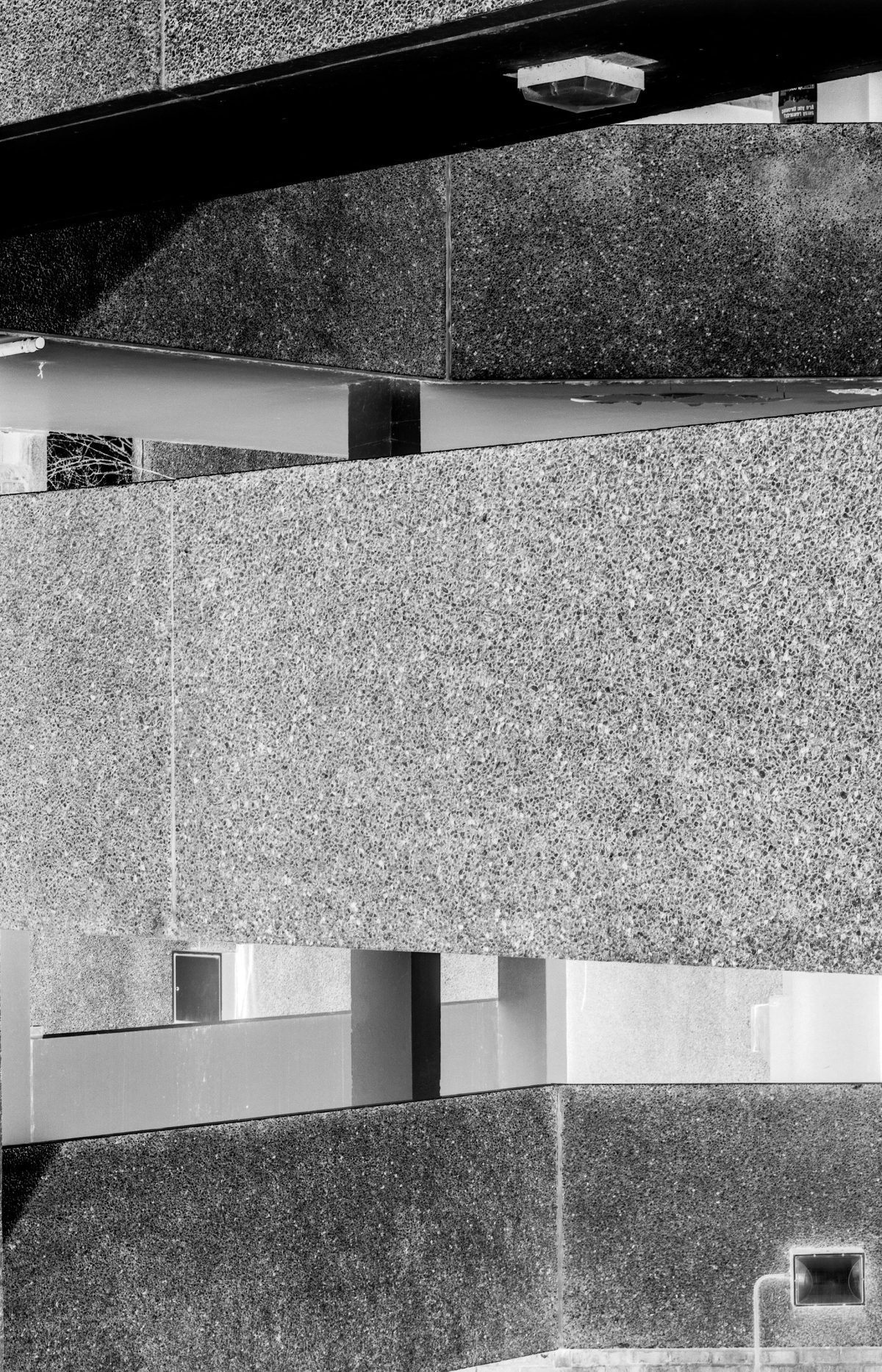
For Romero the low and guaranteed rents were part of the appeal; private landlords can raise the price or even terminate a contract at short notice, but at Thamesmead she was guaranteed five years at one price, and that recently extended to five more. She also says the terms of her tenancy are flexible, allowing her to sublet if she wants to take up an artist’s residency. Over the last five years she has been to China, the US, Greece, and France, she says; Romero won the BMW Residency run by Rencontres d’Arles festival in 2020, for example, developing work titled The Pigment Change, in which she used plants’ chlorophyll to develop environmentally friendly images. This work went on to be shown at the Rencontres d’Arles and Paris Photo.
‘It’s easy to find someone to move in for one or two months because the rent is so cheap,’ she says. ‘Then I put them in touch with Bow Arts, so they can be in touch and everything is transparent and above board. It makes me feel I have nothing to lose, because someone is looking after my place and I don’t have to pay any rent.’
Romero also points to the residents’ grants at Thamesmead, one of which she won in 2019; Peabody and The London Community Foundation makes a variety of funds available to those living in the area, some aimed specifically at artists and others at anyone local. An arts grant might result in new work, perhaps shown at the annual Thamesmead Festival; there are also possibilities to show work at TACO, aka the Thamesmead Arts and Culture Office, an artist-led space near the library which has a café, gallery, community radio station, and its own ongoing programme.
A community grant can be spent on whatever the applicants request, meanwhile; Romero is currently serving on the Arts and Community Fund panel, and recently approved a grant assisting local families to visit Madame Tussauds. ‘There are various forums,’ she says. ‘There’s a culture forum, which meets once a week, and there’s also a nature forum. There’s a whole area on the site owned by a Roma community, and they’re very active on the nature forum because they have horses.’
Romero takes me to TACO and we chat with Gina Prat Lilly, who runs it, plus Dominika Kieruzel who sometimes helps out there; then she takes me to visit a friend, an artist called Nathalie Coste who’s also embedded in Thamesmead’s community, making artworks for the Thamesmead festival, giving children’s workshops, and helping run the residents’ association. Of course it’s not all rosy, because Thamesmead hasn’t shaken off all its problems with crime and poverty and the buildings need TLC, and because being a property guardian can feel like a raw deal [before property guardians, empty buildings were squatted for free]. But for Romero, living in Thamesmead ‘has had a really good impact on my career’, and she says the sense of community is partly why.

‘It’s like sharing a house without sharing a house, the best of both worlds,’ she says. ‘You have your own flat, but then if you want to meet you can meet. I like being in the forum because I like knowing my neighbours and feeling part of something. I like feeling wrapped up. And it also gives you safety nets because you look out for each other.’
It’s an interesting insight into her work, because her current project is also all about community. Titled The Museum of Plant Art, it aims to bring people together in a virtual institution, united by discussion and thought rather than a physical building. Its topic is also about community, in a wider, more holistic sense, because it’s about how humans relate to the environment; how we might overcome the idea we’re separate from nature and develop a greater empathy with plants. Romero has worked with scientists, philosophers, and journalists to pool perspectives, and used bioresin and plant-based biodegradable iridescent materials, donated by the University of Cambridge and commercial companies, to create an immersive installation of her work at the Chapelle des cordeliers Toulouse in Autumn.
‘Thinking ourselves as different from other species is a very Western thing,’ she points out. ‘In Western philosophy we think of the mind as detached from the body and separate from the community, but in other cultures it’s assumed that the community and your environment are part of you. The concept of the individual as such a detached thing doesn’t really exist, so they relate to other species in a different way. The philosopher Matthew Hall wrote an essay arguing that by empathising with plants, by thinking of plants as intelligent and capable, we could have a more considerate perspective.’
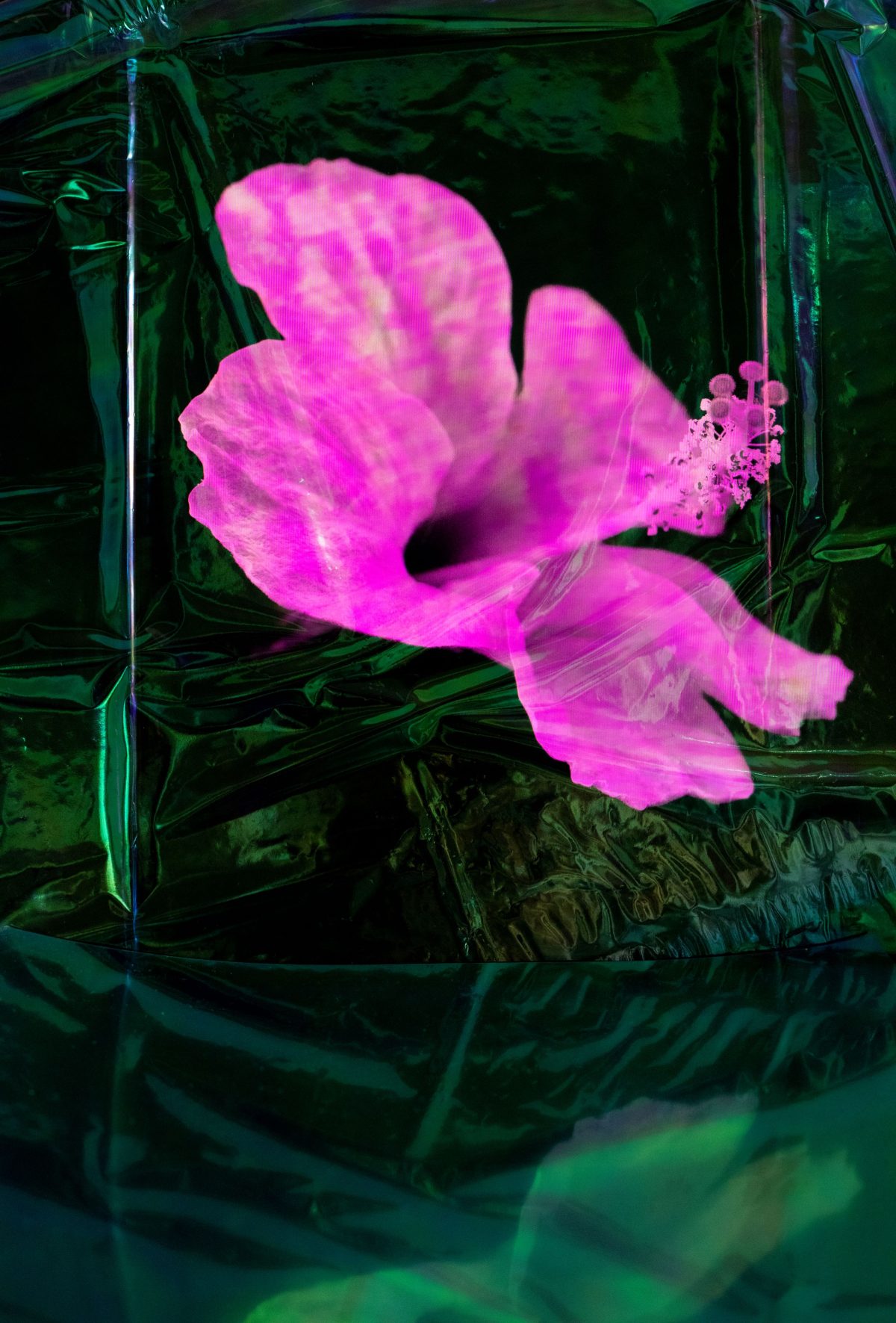
Romero says this direction partly dates back to her childhood in Spain – she comes from a family of farmers, and her parents have farmed organically for many years. One of her other plans is for a ‘photograph’ sown in a field of wheat, in each tone represented by a different variety – and colour – of the grass. Drawing on her parents’ farming techniques the installation will create a living tribute to biodiversity, she says, the idea that planting many species is healthier than monoculture.
Romero says her art practice has also informed her thinking though, especially her work with specific groups. ‘As an artist, when you’ve done many residences, teams, and community projects, I think it changes your perspective,’ she says. ‘You’re happy to leave your individual agenda aside to see how social dialogue informs your practice.’
